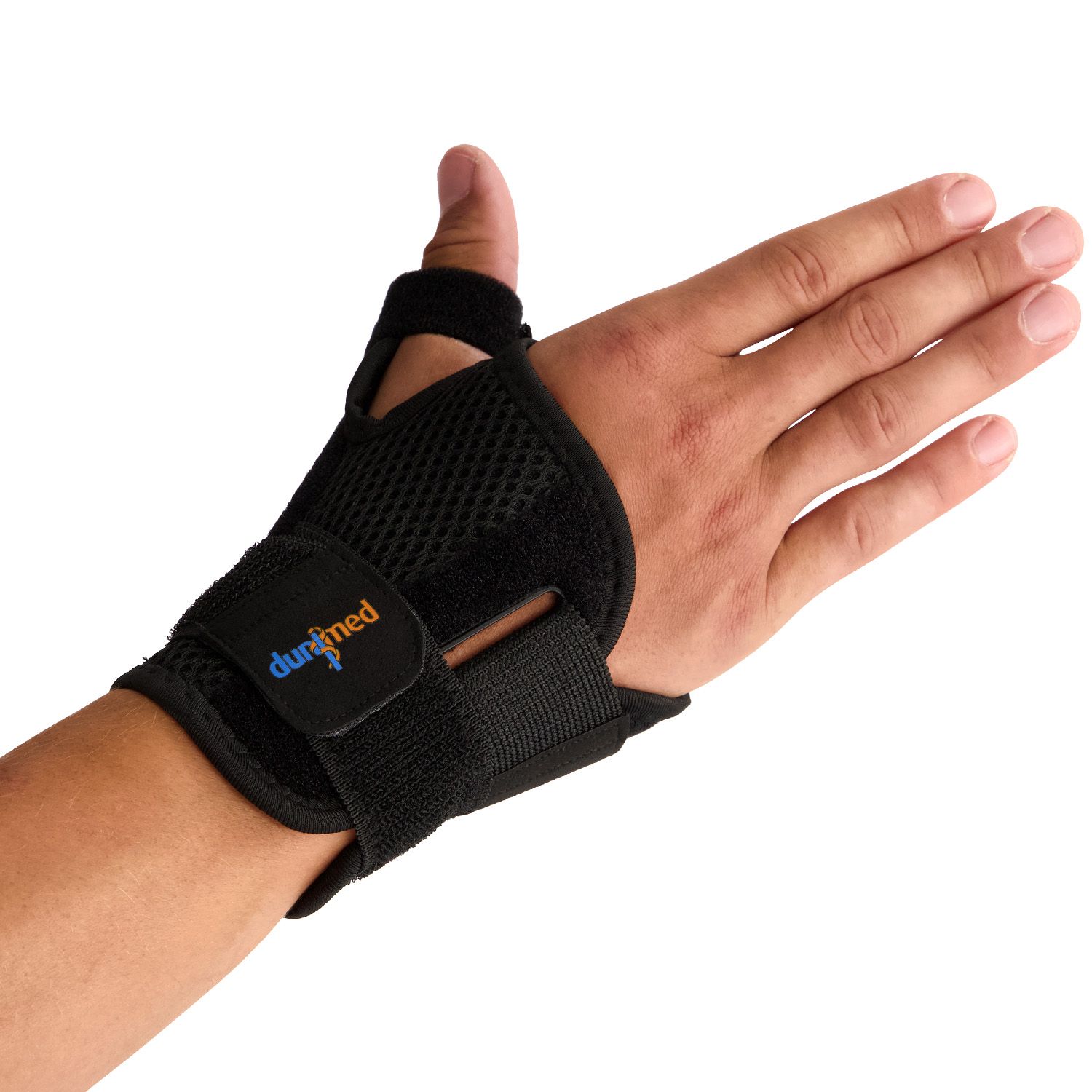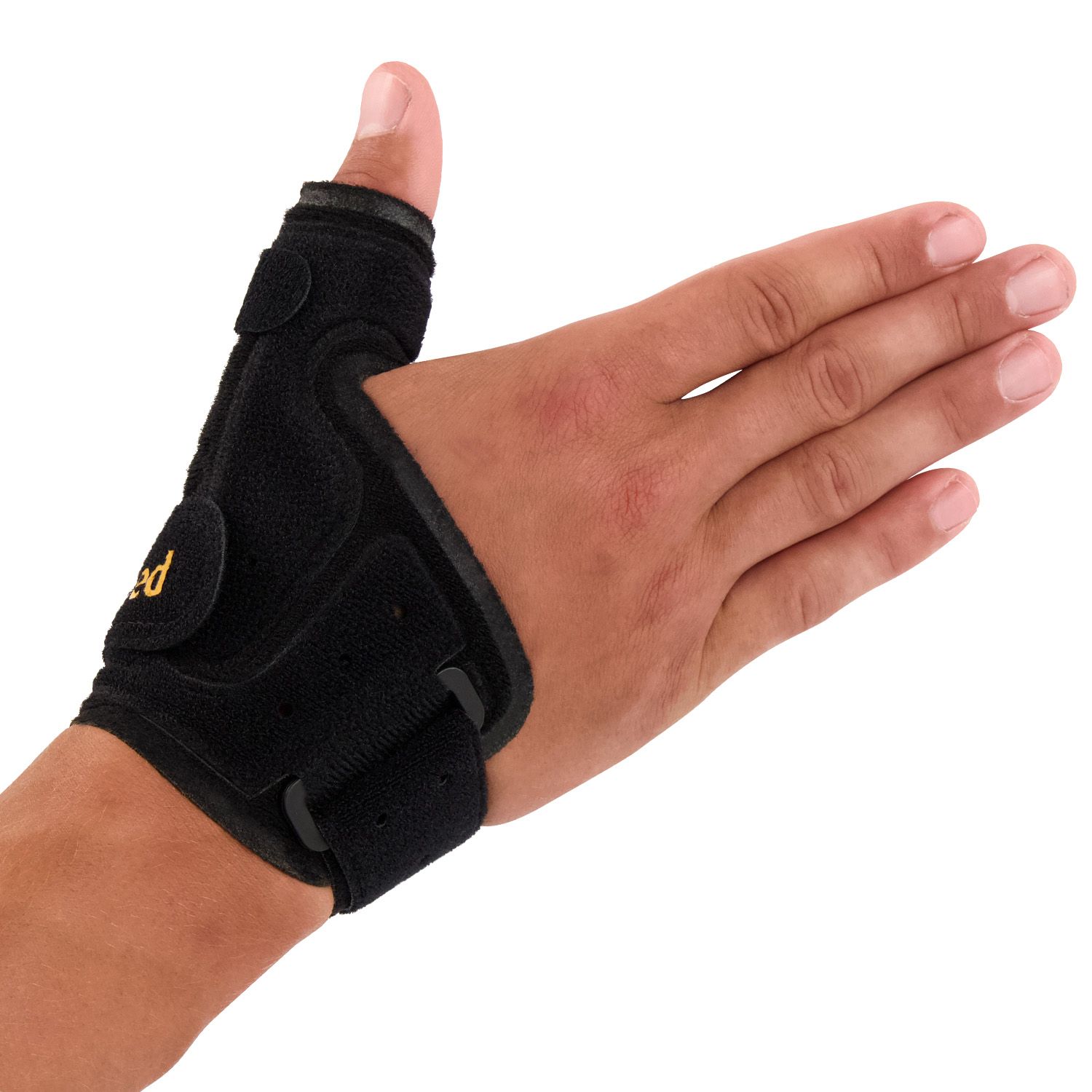Instability - Specifically in the thumb base joint (MCP -I)
The thumb base joint allows you to move your thumb in all directions. Thanks to the ligaments surrounding the joint, it remains stable and provides the strength needed for pinching motions such as key grip and precision grip. However, if the ligaments are too weak or too loose, they can cause complaints.

Causes of thumb base joint instability
Pain near the base of the thumb (the thenar area) may indicate thumb base instability. Due to the pain, it becomes difficult to exert force, making everyday hand functions harder to perform. In some cases, this can even lead to work disability. Prolonged instability increases the risk of developing osteoarthritis in the thumb joint.
Symptoms of thumb base joint instability
During physical examination, a hand surgeon will notice that the thumb joint is more mobile than usual. An X-ray can show dislocation and rule out osteoarthritis. If the X-ray does not provide enough information, an arthroscopy (keyhole surgery) may be performed for a closer look.

Treatment of thumb base joint instability
After diagnosis, a splint is usually recommended, especially if you are experiencing pain or performing pain-inducing tasks. An injection with an anti-inflammatory agent may also be administered to reduce pain caused by inflammation of the joint lining. If these methods are not effective, a minor surgery may be performed to tighten the stretched ligaments. This surgery is followed by six weeks in a cast. Afterward, the thumb can gradually bear weight again. By the tenth week after surgery, you may use your thumb without any splint or brace.
To reduce the risk of instability or complications such as bleeding or infection, Podobrace offers support options. At Podobrace, we have a range of thumb braces that can provide support for this condition.

Bauerfeind RhizoLoc Thumb Support
Protection level 2
Bauerfeind ManuLoc Rhizo Wrist / Thumb Support
Protection level 3
Novamed Thumb Support / Wrist Splint

Super Ortho Thumb Support CMC

Dunimed Premium Thumb / Wrist Support

Dunimed Manu Thumb Support

Dunimed Thumb / Wrist Support (in Black and Beige)

Gladiator Sports Thumb / Wrist Support

- Physiotherapist
- Sports podiatrist
- Manual therapist
- Podopostural therapist
- Myofascial dry needling specialist


